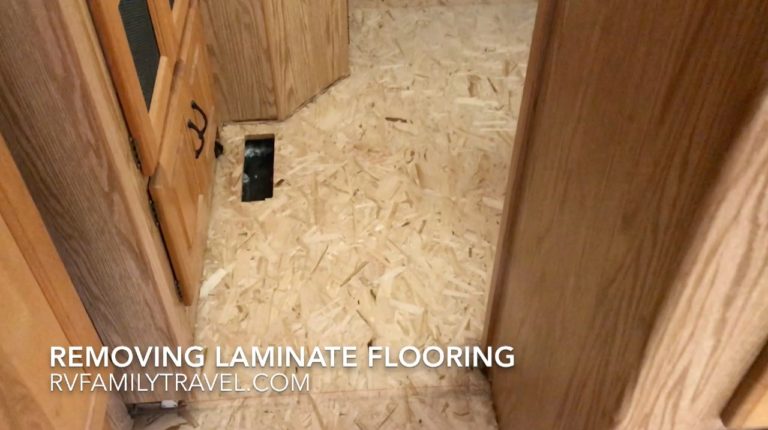Installing New Sound Dampening Material For A Quieter Drive
Once I had all the vinyl planks installed, it was time to install carpeting in the front cockpit and the rear. However, before I do that, I wanted to take the opportunity to put some additional sound dampening up front.
This is just a nice little upgrade to do while there’s no floor in there.
The driving cockpit of a gas-powered class A motorhome can be a little loud. The engine is up front and right there under you. You’ll hear everything. Especially when those cooling fans come on! Or, if you’re driving a Ford-powered rig that is known for running at higher RPMs, it’ll sound like a jet engine up there.
My Vacationer actually wasn’t bad in terms of noise to begin with. If you look in the engine compartment (from the outside), there was already some foam insulation up on the bottom side of the dashboard and on the outside of the firewall. This was already helping keep some engine noise out of the interior.
My plan, though, was to improve upon it by installing a layer of sound dampening material directly on the subfloor. The carpet padding and carpet would then sit on top of that. In total, I’d have 3 layers of “stuff” helping to dampen the engine noise.
After doing some research, I decided on the Noico 80 mil sound dampening mat. There were some name brand options, such as Dynamat. However, it appeared as if you were paying for the name. The reviews of the Noico product were quite good.
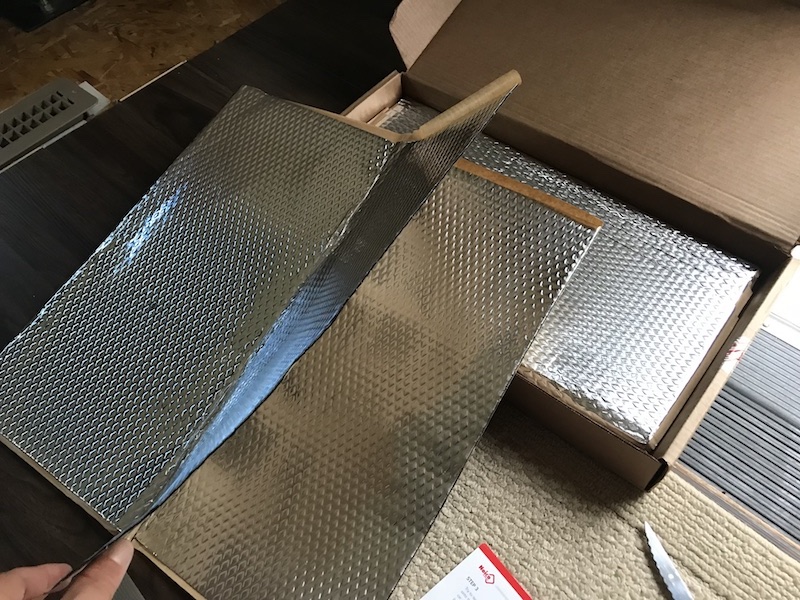
Essentially, it is a layer of butyl with a reflective surface, from the looks of it. I ordered 36 square feet of the stuff and it was more than enough. I have some left over.
It is easy to install. You peel off the protective paper layer and then just lay it onto the surface. Use a roller to mash it down so it sticks really well. You’ll need to cut the pieces to size like a puzzle to fit the area you’re covering.
Here you can see the installation where I drive…
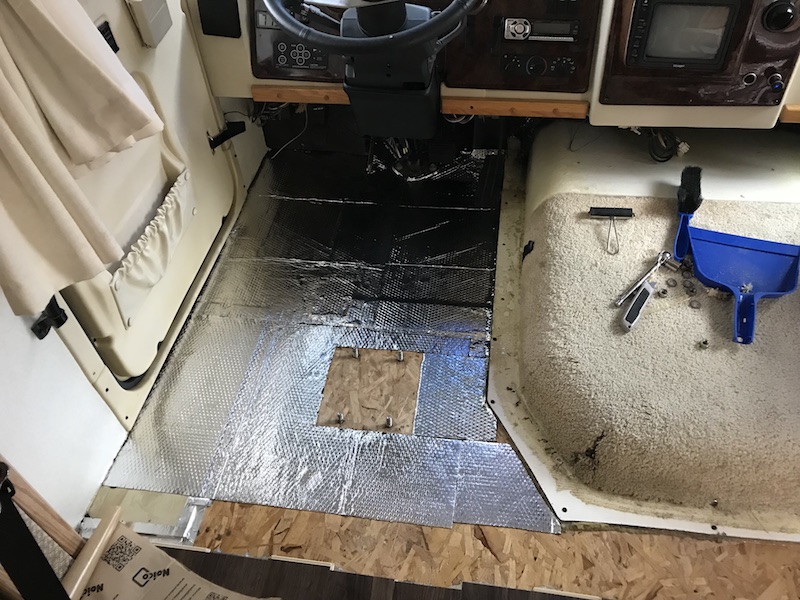
And on the passenger side…
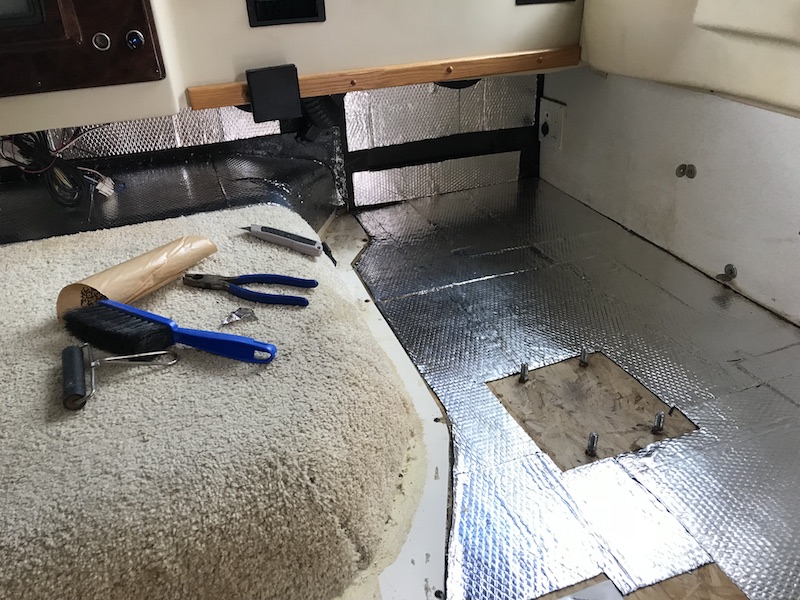
I also put some on the vertical surfaces and around the front-most portion of the engine cover. You don’t need 100% coverage. It is OK to have gaps.
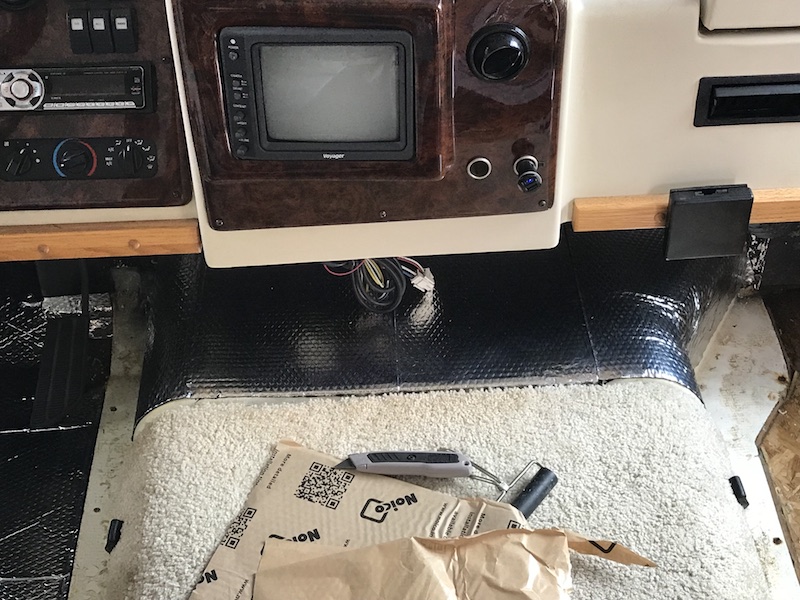
The next item of sound dampening was the doghouse cover itself.
This whole time, the doghouse cover was left alone – with original carpet. You can see it above.
But, as I was about to install new carpet, it was time to strip the doghouse cover. And, once again, I might as well use the opportunity to install better insulation on the underside of the cover to make it quieter.
Some motorhomes have really crappy insulation under the doghouse. Or worse – none. Mine actually had some and it worked fairly well. But, it was showing some age and I could make it better. 🙂
For the high heat environment of being right next to the engine, you have to have sound material which is specifically designed for that. In other words, you need to buy hoodliner.
For this application, I went with Dynamat Hoodliner.
First, I had to strip out the old stuff.
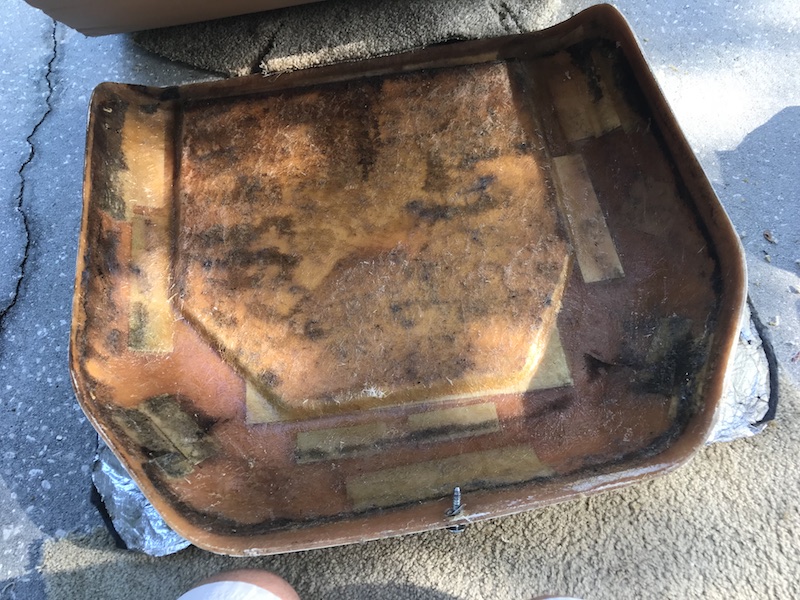
The old insulation came out easily. I then used the shape of the old stuff to measure and cut the Dynamat to the correct size.
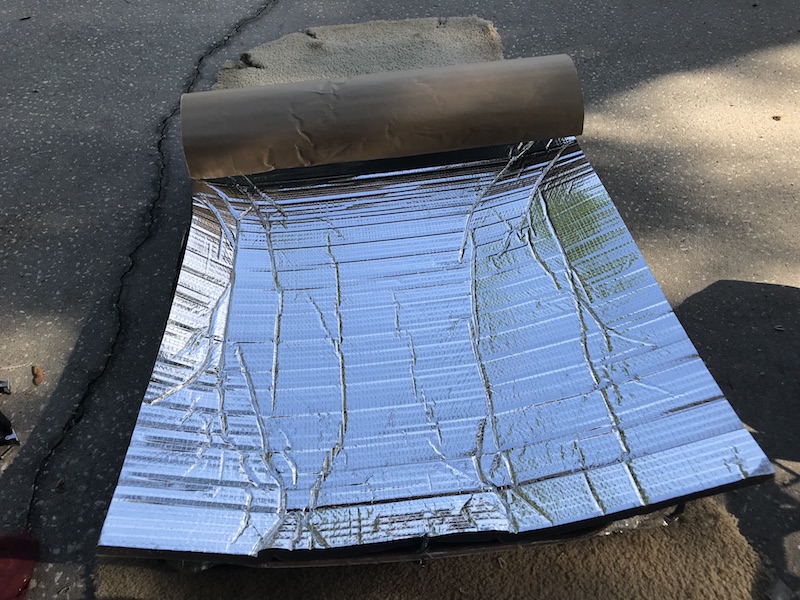
Installation was easy. This stuff is STICKY. So, just start on one side and roll it down onto the surface. Move along until the whole thing is down. Use a roller to really make sure the whole surface is stuck down without any bubbles.
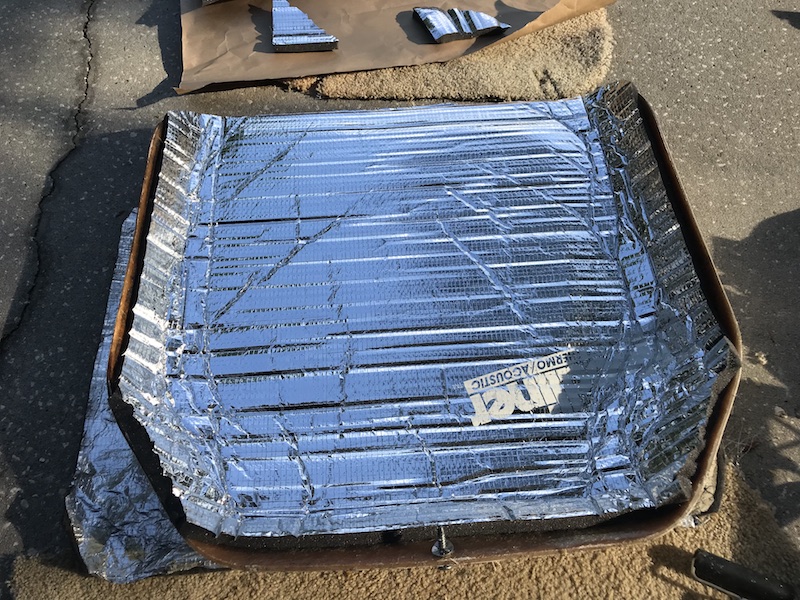
You might ask…
Did it work? Was it worth it?
Well, I am actually writing this post after the entire flooring project is complete. I’ve also since driven the rig about 200 miles since the job was done.
Yes, the difference is quite noticeable. The engine noise is much quieter.
Regular engine noise was never much of an issue. However, you could usually hear it when it downshifted and the RPM kicked up. Or when the cooling fans came on.
Now, you can still hear those things but it is much milder than before. You can easily hold a conversation up front without raising your voice whatsoever. Even when the cooling fans are running or the engine is running at higher speeds.
So definitely worth doing. 🙂

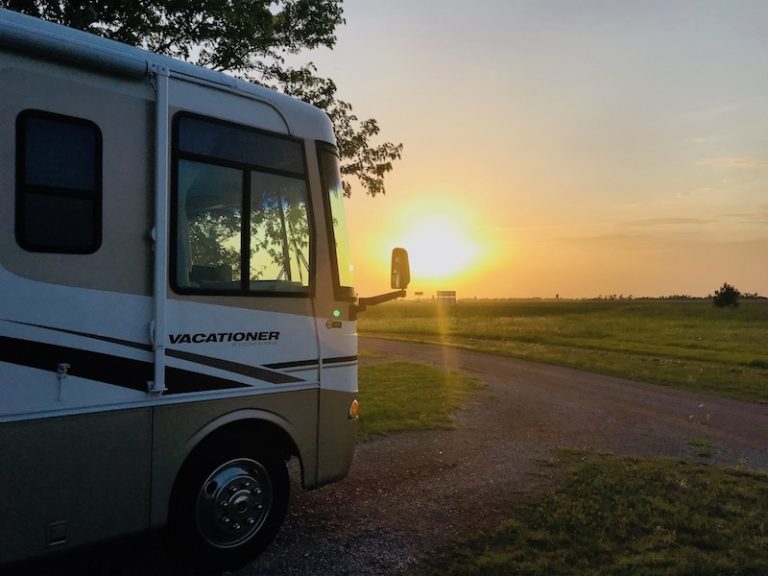
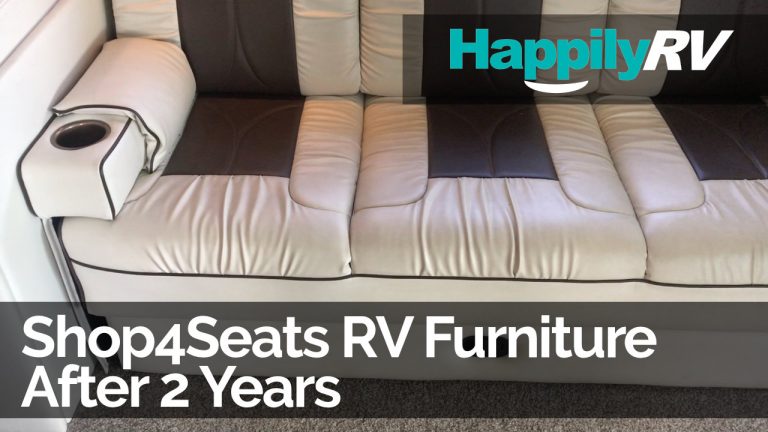
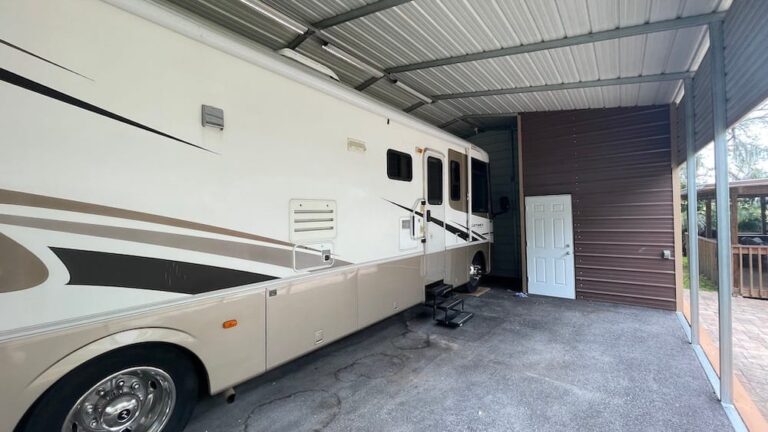
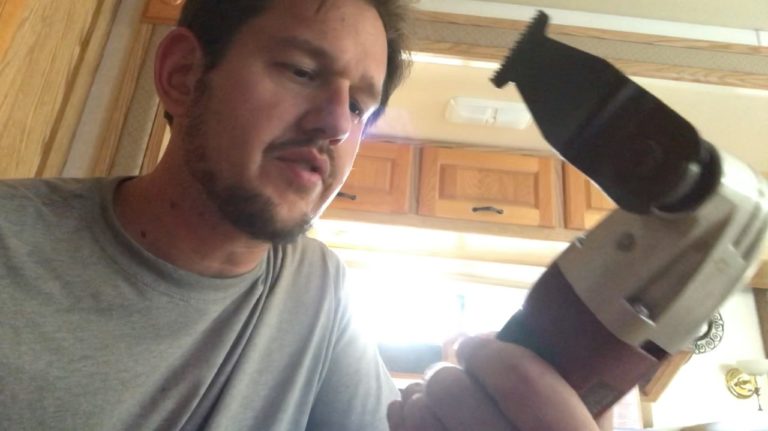
![Which Is More Economical? An RV Trip or a Car Trip? [CASE STUDY]](https://www.happilyrv.com/wp-content/uploads/2016/04/rv-trip-cost-versus-car-768x432.jpg)
